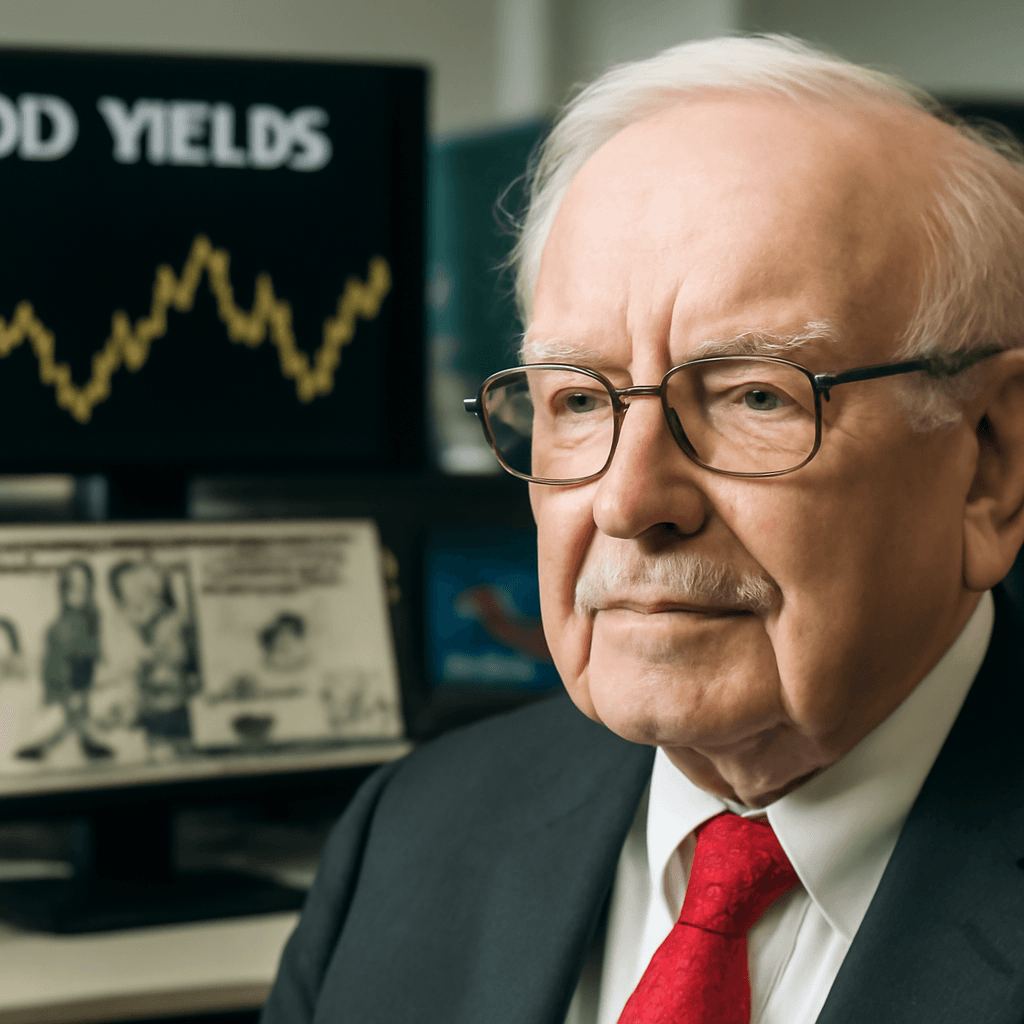Private Equity Outlook at SuperReturn Conference 2025
At the 2025 SuperReturn conference in Berlin, private equity professionals gathered to assess the sector's current challenges and future prospects. Despite initial optimism about a resurgence in mergers and acquisitions (M&A) and initial public offerings (IPOs), the anticipated boom has yet to materialize. This development has introduced significant pressure on private equity firms, which have grown substantially since the Great Financial Crisis.
Slowing Exits and Its Impact on Returns
Industry experts acknowledge a marked slowdown in exit activity due to geopolitical tensions and volatility in public markets, particularly in the United States. Data from the first quarter of 2025 indicated a 19% drop in exit values in Europe quarter-on-quarter and a 25.2% decline in exit volume. Consequently, private equity firms are holding nearly 30,000 unsold companies valued at approximately $3.6 trillion, restricting limited partners from realizing returns and reducing liquidity.
Market Volatility and Cyclical Downturn
Private markets are currently experiencing a cyclical downturn, heightened by ongoing global uncertainties. However, long-term analyses suggest private equity continues to outperform public markets. For instance, since 2000, a $1 investment in the Russell 3000 index yielded a 6.6 times return, whereas private equity delivered a 19.9 times return, despite increased leverage levels.
Challenges from Past Overvaluations
During the era of ultra-low interest rates and fiscal stimulus, private equity dealmaking peaked around 2021. A critical issue now facing many buyout firms is that they may have paid excessive prices for acquisitions during this period. This overvaluation has impeded target returns and created bottlenecks within portfolios. Industry specialists emphasize that this phase is temporary, expecting eventual normalization that will restore deal flow and returns.
Emerging Trends in Private Equity
Recent years have witnessed new strategies gaining prominence within the private equity landscape, including:
- Continuation vehicles: Allowing firms to transfer stakes in portfolio companies to newly created funds.
- Net Asset Value (NAV) lending: Extending loans against the underlying portfolio value.
- Secondary market transactions: Providing liquidity by buying existing private equity interests.
The secondary market, in particular, is experiencing robust demand due to its shorter duration and enhanced returns, making it attractive to a wider investor base.
Consolidation and Investor Expectations
Consolidation within the private equity sector is expected to continue as firms seek to meet increasingly stringent demands from limited partners. Key focus areas now include:
- Improved governance and compliance
- Sustainability and ESG integration
- Artificial intelligence applications
Stronger platforms and depth of expertise are paramount as private equity adapts to a more complex investment environment. Despite current headwinds, the asset class retains robust fundamentals and compelling tailwinds.
Abundant Capital and Looking Ahead
One notable positive is the surplus of dry powder, totaling over $1 trillion, available for deployment by leading private equity firms. Market participants remain hopeful that resolution of macroeconomic and geopolitical uncertainties, especially in the U.S., will catalyze renewed deal activity. Ultimately, success hinges on disciplined entry pricing combined with focused strategies for driving operational improvements and value creation within portfolio companies.
In summary, private equity is navigating a challenging market environment marked by slower exits and increased caution. Nonetheless, the sector's intrinsic advantages and ample capital resources provide a solid foundation for future recovery and growth.



















